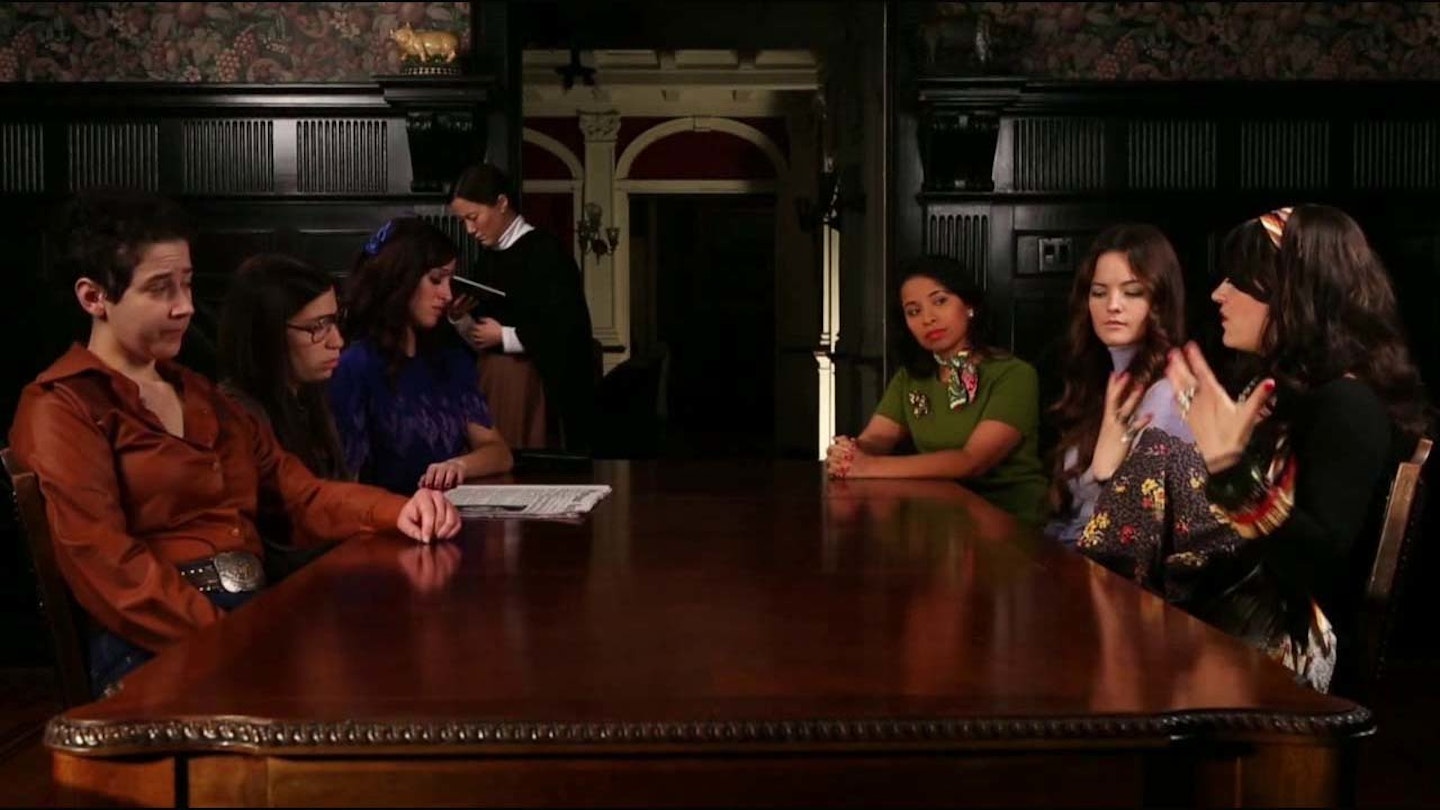Dispensing with a traditional film crew, Abbas Kiarostami wrote, directed, shot and edited this sequence of 10 vignettes, which provided a fascinating insight into gynocentric attitudes in post-millennial Iran. Recalling the simple immediacy of neo-realism, yet exploiting the latest digital technology, it confined the action to the inside of a car, much as The Taste of Cherry had done. But whereas Homayoun Ershadi had circled the outskirts of Teheran in search of someone to assist in his suicide, chic divorcée Mania Akbari seems stuck in the city in a fate that many would consider worse than death.
Indeed, from its opening moments, in which 8 year-old Amin Maher indulges in the petulant chauvinism of a tirade against his mother and her independent lifestyle, the action serves to emphasise just how powerless Akbari and her various passengers are to change their lives.
Kiarostami had originally intended to centre the film on a psychiatrist who was forced to meet her patients in her car because her office was being redecorated. However, he decided to make Akbari's encounters with her feisty sister, the jilted spinster, the prostitute and the loney widow seem more casual by having her offer them lifts in busy traffic.
But this more accidental approach also made the discussion of such contentious topics as identity, gender, desire, repression and faith seem less like the confessional outpourings of women in need professional help and more like the statements of individuals who were fully aware of themselves, their opinions and their status.
Yet, Kiarostami still had to resort to socially symbolic juxtapositions between sound and image to circumvent censorship. Thus, he alternated between shots of the speaker and the listener to challenge Islamic notions of how women are seen and heard. Similarly, he contrasted the way in which Akbari's sister sensually fanned herself by lifting her veil with the exposure of the spurned spinster's self-laceratingly severe haircut. Most tellingly of all, he kept hidden the faces of both the hooker and the devout old lady.
Audacious and ingenious, this masterpiece of cinematic humanism confirmed Kiarostami among the world's most important film-makers.
